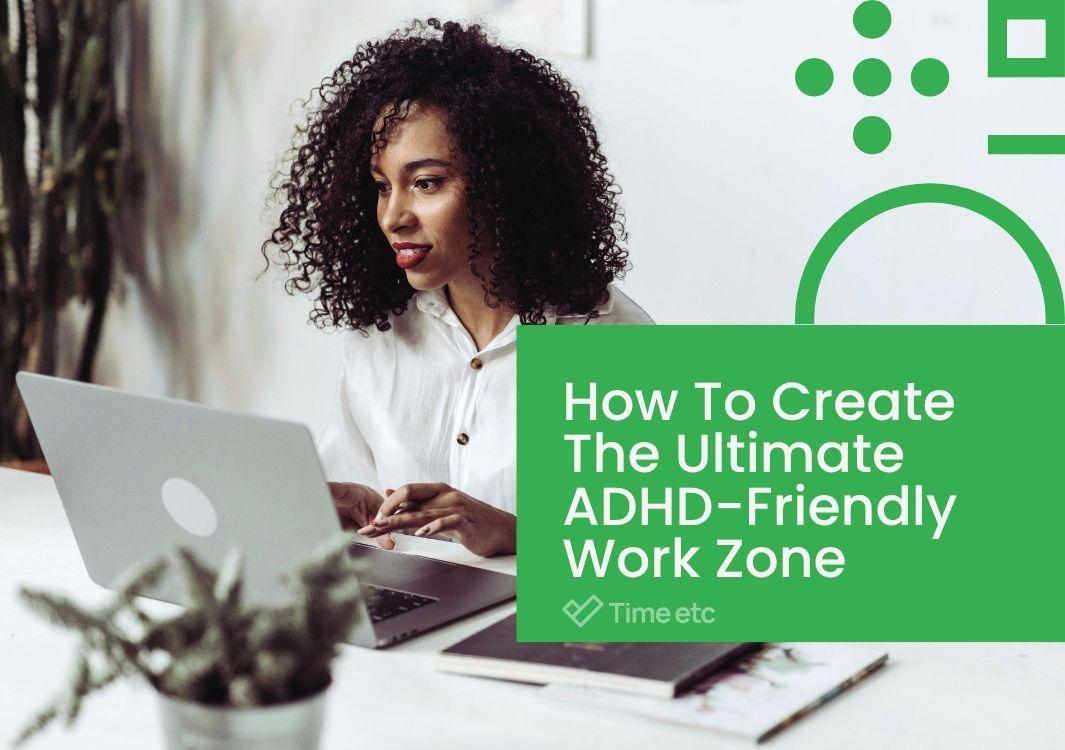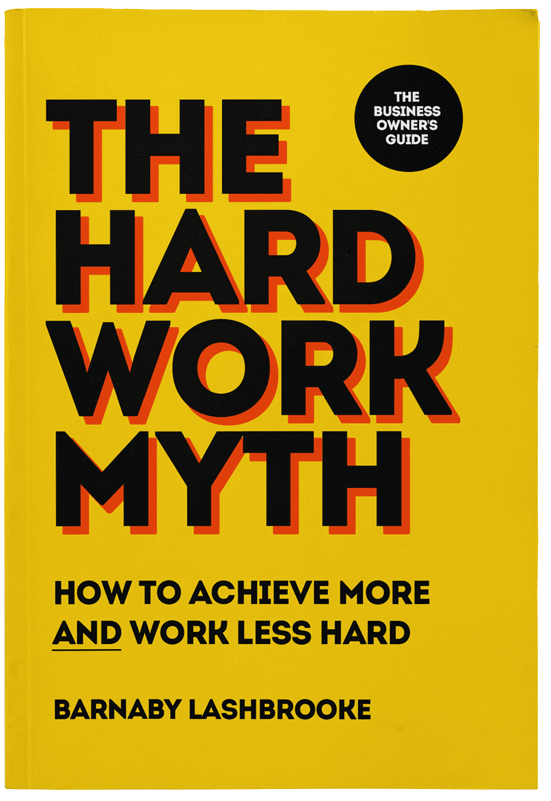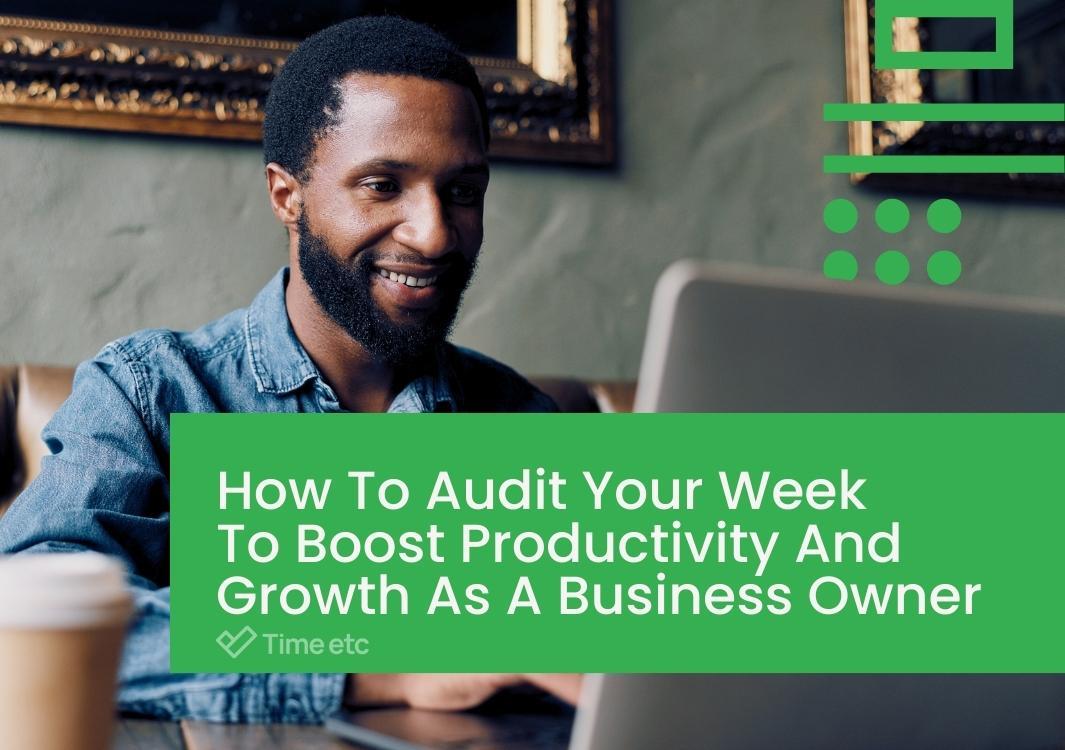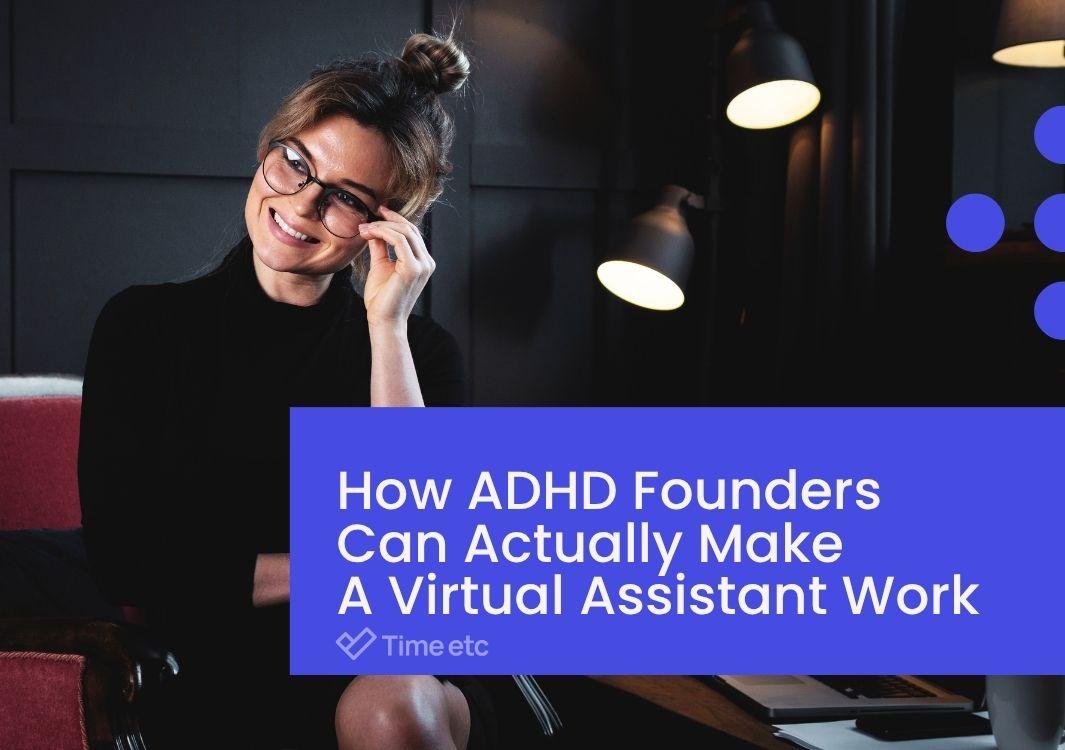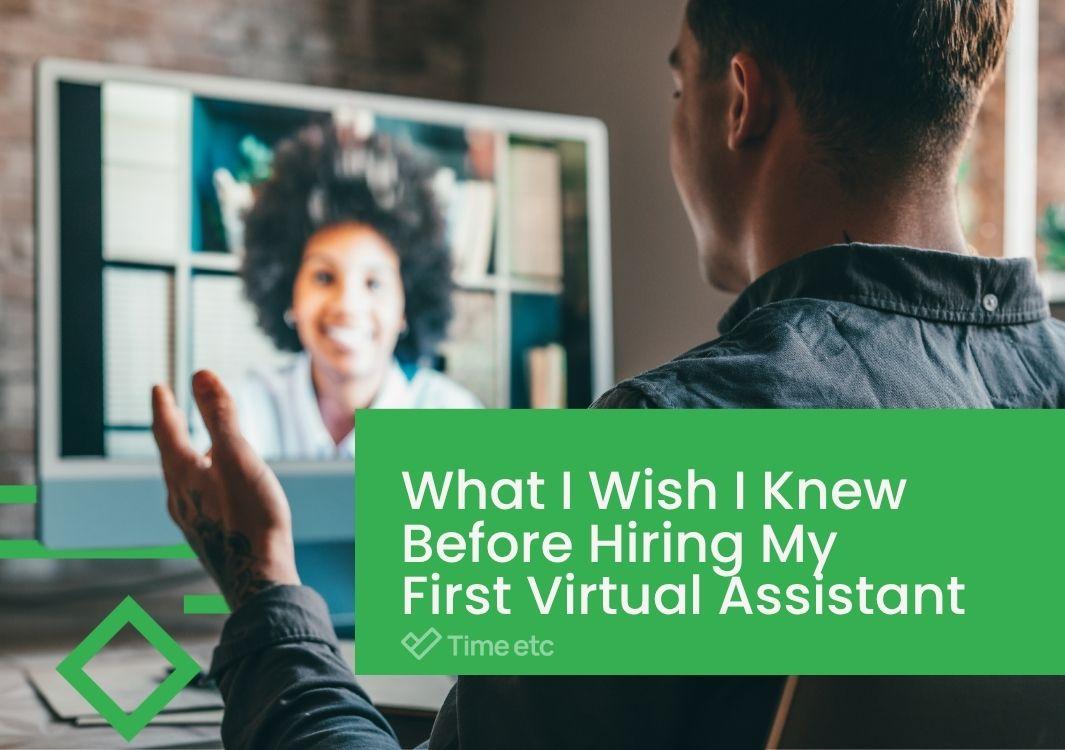Let’s be real: staying focused at work is tough for everyone. But if you live with ADHD (attention deficit hyperactivity disorder), the challenge comes with extra layers. You’re not just fighting off phone notifications or a cluttered inbox. You’re also battling executive function struggles, swings between hyperfocus and brain fog, and the constant feeling of being pulled in ten directions at once.
Most productivity advice out there doesn’t make it easier. If anything, it creates more rules to follow, more systems to maintain, and more reminders of where you’ve slipped.
But your brain was built for more than struggle. It runs differently, and those differences can become your greatest strength once your environment supports them. The right setup clears the noise, reduces friction, and lets you bring out the creativity and drive that led you to start your business in the first place.
This article is all about creating that kind of setup. Simple, practical shifts that support your energy, sharpen your focus, and make it easier to get things done.
The challenges of staying focused and productive with ADHD
At its core, ADHD impacts executive function—the brain’s ability to plan, organize, and regulate behavior.
When ADHD disrupts this system, tasks that require sustained attention, initiation, or prioritization feel disproportionately difficult. What looks simple from the outside, like replying to an email, starting a report, or even remembering to eat lunch, can feel like trudging through quicksand.
These challenges often show up in different, sometimes contradictory, ways:
- Task paralysis: You know what you need to do, and maybe even want to do it, but it feels like there’s an invisible wall between you and the starting line. Instead of momentum, you’re stuck in limbo.
- Distractibility: Your attention drifts at the slightest nudge—a buzzing notification, background chatter, or even a random thought that suddenly feels more interesting than what’s in front of you.
- Hyperfocus: On the flip side, you might get so absorbed in one task that the rest of the world fades away. Hours pass, meals get skipped, and urgent responsibilities fall off the radar.
- Forgetfulness: Deadlines slip through the cracks, meetings vanish from memory, and that brilliant idea you scribbled down two weeks ago? Gone, buried under a pile of sticky notes or open browser tabs.
- Sensory sensitivities: A noisy environment, cluttered workspace, or even scratchy clothing can crank up the overwhelm until it’s almost impossible to focus.
None of this is about effort or character. It’s simply how ADHD brains are wired to process and respond to the world.
The trouble is that most mainstream productivity advice is designed for neurotypical brains—ones that thrive on consistency, routine, and linear systems. But for ADHD entrepreneurs, those same strategies often do more harm than good.
Take time-blocking, for example: breaking your day into neat chunks of tasks scheduled to the minute. For someone with ADHD, that level of rigidity can feel suffocating. The moment you fall behind (which is almost inevitable, thanks to time blindness), the entire system collapses under its own weight.
Or color-coded planners and intricate organizational tools: instead of creating clarity, they can become just another source of pressure. The effort to maintain them often outweighs the benefit, leaving you feeling defeated before you’ve even started.
Even the “golden rule” of productivity—inbox zero—can feel like a trap. For many with ADHD, the constant flood of emails is overwhelming, and chasing an empty inbox is less about efficiency and more about setting yourself up for guilt when it doesn’t happen.
In short, traditional productivity frameworks weren’t built with ADHD in mind. And when you try to force them to work, you end up with frustration, shame, and a sense of failure that has nothing to do with your actual abilities.
But this doesn’t mean focus and productivity is a completely lost cause. The key is not to fight your brain's natural tendencies but to create a system of support around them.

How to create a workspace that works with your brain, not against it
Disclaimer: Some of these tips may contradict one another, and that’s intentional. Everyone’s ADHD presents differently, so we want to share options that cover all bases. These tips are intended as a menu, not a prescription, so take what works and leave the rest!
1. Set up multiple workstations
The ADHD brain thrives on variety. It’s wired to seek novelty and fresh stimulation, so sitting in the same chair, at the same desk, staring at the same screen day after day can quickly feel more like a cage. Boredom creeps in, energy drops, and distractions suddenly become more tempting.
So, instead of chaining yourself to one desk, try setting up a few different “zones” you can rotate between. These don’t need to be full-blown offices—just intentional spots that feel a little different and give your brain a reset. You could even think of them as mini stations for different kinds of work, such as:
- The Command Center: Your main desk setup with a comfy, supportive chair, big screen, and everything you need for deep, focused work. This is where you’ll tackle the heavy-hitting tasks.
- The Creative Corner: A cozy chair, a sunlit window, or a small side table where you can brainstorm, read, doodle ideas, or hop on light calls. This zone is for free-flowing, creative thinking.
- The Active Zone: A standing desk or even your kitchen counter can become your go-to spot when you need to move. It’s especially great for beating that post-lunch slump or when you want a boost of energy while working through lighter tasks.
If you’re at home, spread these stations across different rooms to give your brain a real shift in environment. If you’re in a coworking space, take advantage of what’s available there. Try the communal sofa, a quiet booth, then back to your desk, for example. Even just changing your posture or view can help you re-engage.
To make moving between zones effortless, keep duplicates of your usual supplies and equipment in each spot. The less friction there is, the more likely you are to do it.
2. Train your brain with environmental cues
One of the biggest hurdles with ADHD is transitioning between different activities, mental states, or environments. Whether it's switching from scrolling social media to starting homework, moving from a relaxing evening to getting ready for bed, or shifting from a fun conversation to focusing on work tasks, these transitions can feel like hitting an invisible wall.
Unlike neurotypical brains, which may shift gears more easily, ADHD brains often need stronger, more obvious signals to initiate change or bridge the gap between activities. This is where environmental cues come in.
Think back to Pavlov’s famous experiment with dogs: every time a bell rang, the dogs got food. Eventually, the bell alone triggered salivation. This same principle—classical conditioning—works for humans too.
For ADHD brains, the idea is to create reliable, repeated associations between specific cues and “work mode.” Over time, these cues act like shortcuts, bypassing resistance and easing the transition into focus.
The most effective cues are those that engage the senses:
Visual cues (sight)
- Designated workspace: Working in a consistent spot (like a desk or table) helps your brain associate that place with productivity. Over time, simply sitting there will prime you for focus.
- Specific lighting: Lighting can be a surprisingly powerful signal. Using a particular desk lamp, lighting a candle, or using smart bulbs to switch up the color or strength of your lighting can create a clear visual reminder of what “mode” you’re in.
Auditory cues (sound)
- Work playlists: Listening to a specific playlist (instrumental, lo-fi, classical, or whatever feels right!) when it’s time to knuckle down.
- Silence: Using noise-cancelling headphones to block out distractions and help your brain settle into a calmer, more focused state.
Tactile cues (touch)
- Fidget tools: Using a specific stress ball, fidget spinner, or textured object during focus time can provide just enough sensory input to keep restlessness in check, helping you stay engaged and focused on the task at hand.
- Clothing: Research shows that what you wear can influence how you think and perform—a concept known as enclothed cognition. Putting on designated “work clothes” can boost focus, confidence, and productivity by signaling to your brain that it’s time to shift into work mode.
Taste and smell cues
- "Work drinks": Whether it’s a specific tea, a favorite coffee blend, or iced water with lemon, over time, the simple act of preparing and sipping this drink will help nudge your brain toward productivity.
- Chewing cues: Chewing a particular flavor of gum or mints during focus sessions can become a subtle but effective signal that it’s time to concentrate. In fact, chewing gum is thought to boost productivity by reducing stress and fatigue while improving focus, alertness, and mood. Researchers think the act of chewing itself helps activate brain areas linked to memory and attention, though the exact reasons are still being studied.
- Signature scents: Our sense of smell is powerful—one whiff can bring back vivid memories. Use this to your advantage with a designated candle, diffuser, or even hand lotion. Over time, your brain will start linking that scent with concentration and clarity.
Remember, for this technique to be effective, you need to protect the integrity of your cues. If you blur the lines (e.g., watching Netflix in your “work chair” or scrolling on your phone when you listen to that particular playlist), the association weakens.

3. Have everything you need (and nothing you don’t!)
There are two common traits of the ADHD brain that often go hand-in-hand to create the perfect storm of productivity sabotage:
- It’s hardwired to avoid anything it deems boring, overwhelming, or frustrating. Even if the task is important, your brain will still look for an escape route.
- It’s highly sensitive to discomfort and distraction. A pang of hunger, thirst, or even feeling slightly chilly can suddenly overtake everything else in your mind.
Put those two together, and what happens? Your brain has the perfect reason to get up and away from your desk. And once you’re up, well… that “quick break” to grab a sweater or a snack can easily spiral into an hour-long detour, leaving you frustrated and falling behind.
The trick is to set yourself up for comfort and focus before you begin work, so your brain has fewer “reasons” to escape.
Start by making sure you have the basics covered. Keep water and snacks within reach so you don’t have to wander off when your energy dips. If you know you’ll need things like gum, fidget tools, or incentive rewards, gather them ahead of time. And don’t forget the essentials, like chargers, notebooks, and pens, so you’re not interrupting your flow to hunt for supplies.
What’s equally important is what you don’t need. As well as scarcity (not having what you need), overload (having too much around) can tank your focus, too.
People with ADHD often try to outsmart forgetfulness by keeping things “just in case”—think sticky notes everywhere, screenshots piled up, or open tabs galore. While this habit comes from good intentions, it often backfires as the more notes you make, the harder they are to find when you actually need them.
And not only that, but research from the Princeton University Neuroscience Institute even shows that a cluttered environment forces your brain to waste energy filtering out those distractions, leaving you more stressed and less productive.
4. Try focus frequencies
For many people with ADHD, total silence is not golden but deafening. Without any background sound, the brain often fills the quiet with racing thoughts or makes every little noise (like the hum of a fridge or footsteps in the hallway) feel impossible to ignore. But on the flip side, music with lyrics may be too distracting.
Thankfully, neuroscience has helped produce a middle ground: focus frequencies and engineered soundscapes.
These specially designed sounds provide gentle, consistent stimulation that keeps the brain engaged without distracting it. They work by encouraging your brainwaves to align with patterns linked to focus, calm, or creativity—a process known as entrainment.
One of the most common examples is binaural beats, which play two slightly different frequencies in each ear. Your brain interprets the difference as a soft pulsing tone, and research suggests this can influence attention and focus.
Different frequencies can serve different purposes, depending on the task or mental state you want to cultivate. Here are a few types of sounds you might want to experiment with:
- Gamma waves (30–100 Hz): Linked to problem-solving and deep focus. These can help if you’re stuck in mental fog or struggling with task paralysis.
- Beta waves (12–30 Hz): Associated with alert, linear concentration. Perfect for structured work like reports, spreadsheets, or project planning. A 2022 study even found a 15 Hz beta beat boosted studying performance in students with ADHD.
- Alpha waves (8–12 Hz): Connected to calm wakefulness and creativity. Great for brainstorming, mind-mapping, or free-flowing, big-picture thinking.
- 8D music: Creates an immersive effect where the sound seems to move around your head. For some, this predictable movement occupies the “distractible” part of the brain, freeing up focus for tasks—especially useful when work feels tedious.
- Brown and pink noise: While white noise can feel sharp, pink noise (like steady rain) and brown noise (like thunder or a waterfall) are gentler and can help mask background sounds. Many people with ADHD find brown noise especially grounding and focus-friendly.
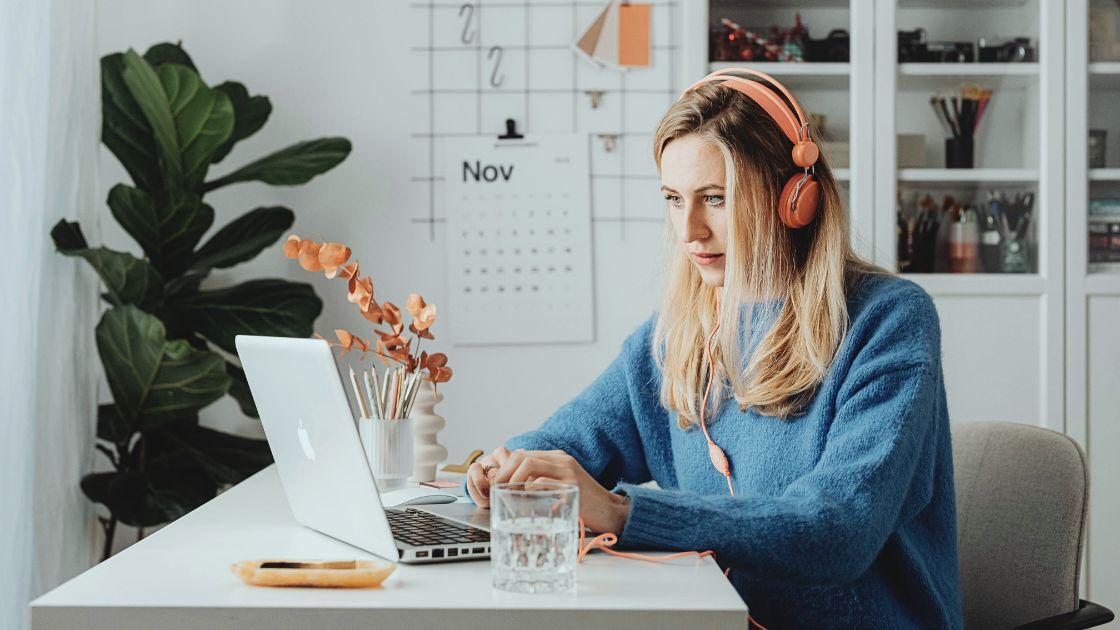
What's the bottom line?
Creating an ADHD-friendly workspace means setting yourself up to feel supported, energized, and comfortable while you work.
Small changes in your environment can make a big difference—whether that’s having a few work zones to rotate between, using cues that help your brain switch gears, or keeping the right tools and comforts within reach.
Every strategy is an option, not a rule. Try a few, notice what feels good, and let the rest go. Over time, you’ll find the little shifts that help you focus more easily, stress less, and get things done with less resistance.

